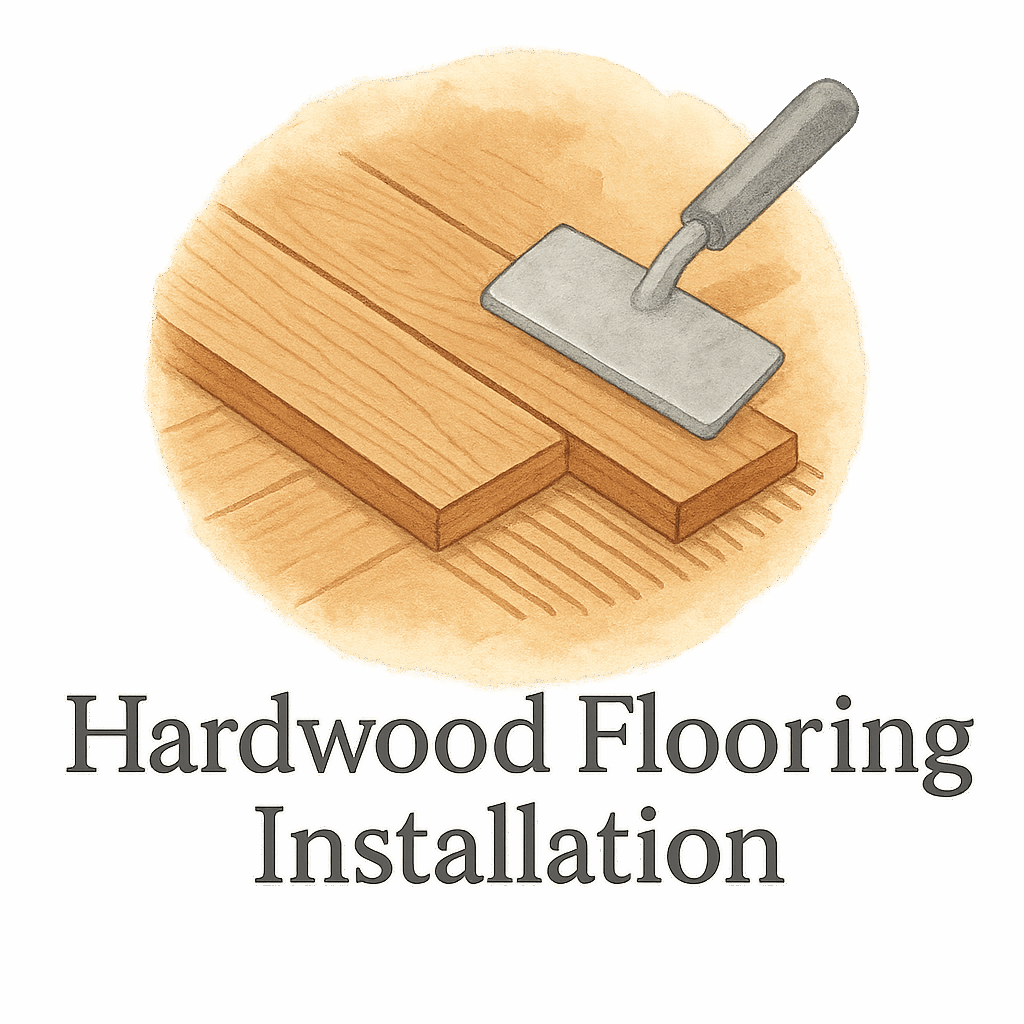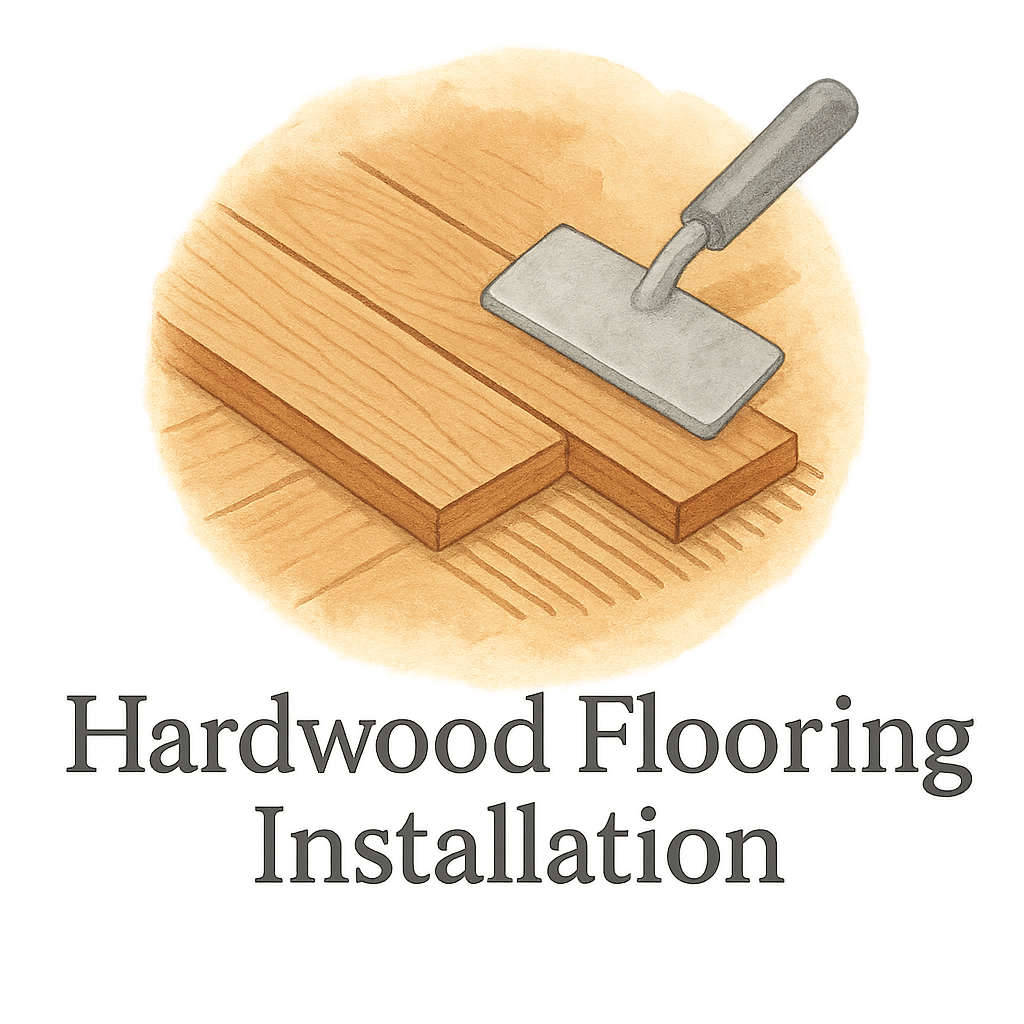Hardwood floors are timeless, classy, and durable—but let’s be honest, they’re also prone to scratches. Whether it’s your dog zooming across the living room or a rogue chair leg, these scuffs can be an eyesore. Don’t worry! This guide covers six solid flooring repair tips after scratches on hardwood, so you can make your floors look like new again.
We’ll also link to resources like flooring tools and materials, maintenance guides, and DIY flooring installation tips to help you along the way.
Understanding Hardwood Floor Scratches
Why Scratches Happen
Hardwood is strong—but it’s not invincible. Everyday activities like dragging furniture, dropping objects, or just plain foot traffic can leave marks. Some scratches are surface-level, while others dig deeper.
Types of Scratches
Let’s break them down so you know what you’re dealing with.
Surface Scratches
These are the light, shallow ones that only affect the finish layer.
Minor Gouges
Slightly deeper than surface scratches, gouges often cut into the wood but don’t go all the way through.
Deep Scratches and Dents
These are serious. They dig into the actual wood plank and often require more than a quick fix.
Pro Tip: Not sure which you have? Try rubbing a little water on it. If the scratch disappears briefly, it’s only on the surface!
Preparation Before Repair
Before diving into repairs, a little prep goes a long way.
Cleaning the Area
Start by removing dirt, dust, or grime from the scratched area. Use a damp cloth or a gentle wood floor cleaner for best results.
Assessing the Damage Depth
Use a flashlight or just angle your eyes to the light to see how deep the scratch really is. This helps you choose the right repair method.
Gathering the Right Tools and Materials
Need help with tools? Our flooring tools and materials guide has you covered.
Tip 1: Buff Out Light Scratches with Steel Wool
When It Works Best
Steel wool is perfect for minor surface scratches. It gently removes the finish without going deep into the wood.
Step-by-Step Instructions
- Use grade #0000 steel wool.
- Rub gently along the grain of the wood.
- Wipe clean with a soft cloth.
- Reapply finish if needed.
Easy, right?
Tip 2: Use Wood Stain Markers for Surface Marks
Color Matching is Key
You can find stain markers at hardware stores. Make sure you match the color of your flooring!
How to Apply Correctly
- Shake the marker.
- Apply directly to the scratch.
- Let it dry.
- Buff gently with a clean cloth.
This method is super beginner-friendly and gives instant results.
Tip 3: Apply Wood Filler for Deeper Dents
Best Wood Fillers for the Job
Opt for a stainable, sandable wood filler. That way, you can match it to your existing floor color easily.
Application Tips for Seamless Finish
- Use a putty knife to fill the dent.
- Let it dry completely.
- Sand lightly with fine-grit paper.
- Stain to match.
Check out DIY flooring repair projects if you’re new to fillers!

Tip 4: Refinish the Affected Plank
Sanding Down the Imperfection
If the damage is widespread but shallow, sanding can even it out. You’ll need a sander or just some elbow grease and sandpaper.
Sealing and Protecting the Spot
Once smooth, seal it with a polyurethane or wax finish to protect it from future damage.
Looking to fully prepare for this step? Dive into our guide on flooring preparation.
Tip 5: Replace Severely Damaged Boards
When Replacement is Necessary
If a board is deeply gouged or warped, replacing it might be your only option.
DIY vs. Professional Help
You can try doing it yourself—our DIY installation guide walks you through it—or call a pro from our trusted network.
Also check out our flooring cost & time estimation guide before you dive into replacements.
Tip 6: Prevent Future Scratches
Use Rugs and Furniture Pads
Area rugs in high-traffic zones and felt pads under furniture legs go a long way in protecting your floors.
Regular Maintenance Matters
Vacuum regularly and avoid dragging items across the floor. Bookmark our flooring maintenance and repair guide for more prevention tips.
Common Mistakes to Avoid During Repair
- Skipping the cleaning step
- Using incorrect stain color
- Over-sanding the surface
- Applying too much filler
Want more practical advice? We’ve compiled helpful content under our tips tag.
When to Call in a Professional
If you’re unsure, it’s totally fine to consult a professional. Especially when dealing with antique or expensive hardwoods. Explore our site for vetted home improvement services.
Best Tools and Materials for Hardwood Repair
To save you a trip to Google, here’s a quick list:
- Steel wool (#0000)
- Wood stain markers
- Stainable wood filler
- Putty knife
- Fine-grit sandpaper
- Matching wood stain
- Polyurethane finish
Explore more trusted materials and prep techniques to keep your floor flawless.
Conclusion
Scratches happen—but that doesn’t mean your hardwood floor is ruined forever. Whether you’re dealing with minor scuffs or deep gouges, you’ve got options. From buffing out the damage to replacing boards, these six flooring repair tips after scratches on hardwood will help you restore beauty and value to your space.
For more resources, check out:
Stay proactive, stay informed, and keep those floors shining!
FAQs
1. Can I use coconut oil to remove scratches on hardwood floors?
Yes, coconut oil can help reduce the appearance of surface scratches temporarily. It’s not a permanent fix but great for light buffing.
2. How do I know when to sand vs. fill a scratch?
If the scratch is shallow and doesn’t catch your fingernail, sanding might work. If it’s deeper, go for filler.
3. Are stain markers safe for all hardwoods?
Generally, yes. But always do a spot test first to make sure it blends well.
4. What’s the easiest DIY method for beginners?
Stain markers or steel wool buffing are great beginner-friendly options.
5. Can scratches cause long-term damage?
If left untreated, yes. Water and dirt can get in, causing further damage or discoloration.
6. How often should I check for scratches?
Monthly checks during cleaning are good. This helps you catch issues early.
7. What’s the best way to avoid scratches entirely?
Use rugs, pads under furniture, and keep floors clean. Also, visit our flooring maintenance section for expert tips!


